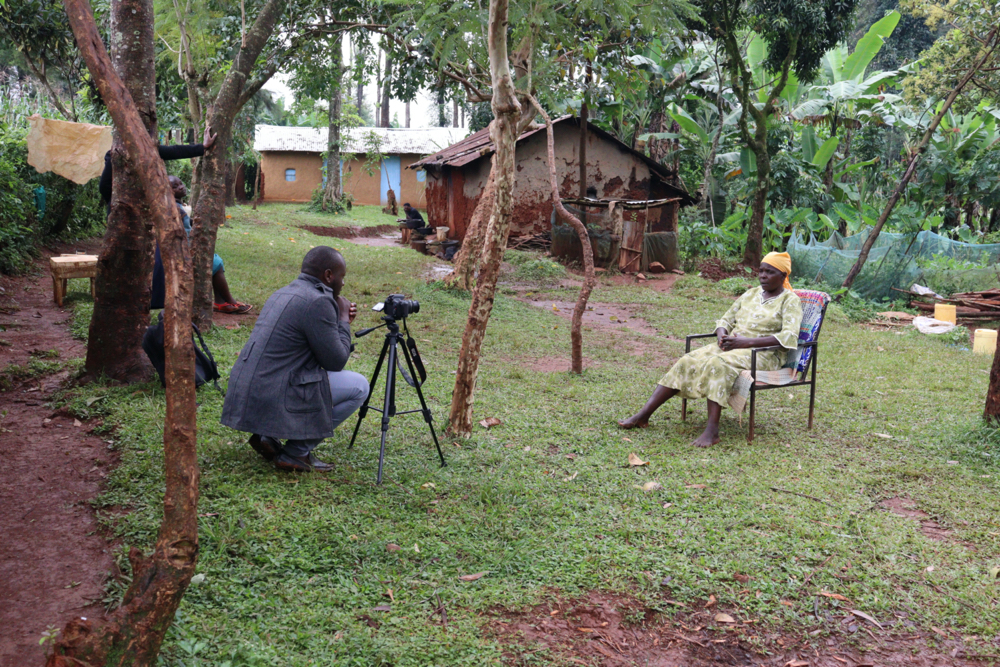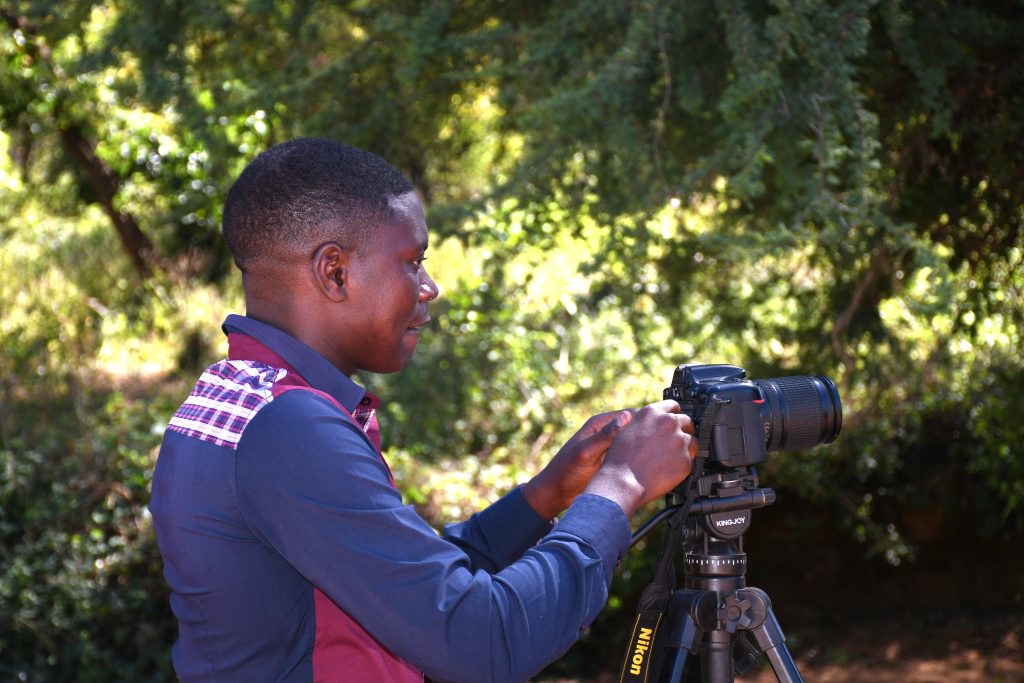Field Officers: Amateur Photographers, Master Humanitarians
Today is both World Photography Day and World Humanitarian Day. When I realized the two occasions fall on the same day, I thought, “We employ people dedicated to both of those vocations!”
While many people might see photography and humanitarian work as unrelated, for our field officers, they’re inseparable. Their photos are humanitarian work: they tell stories of need, progress, and transformation.
For us at The Water Project (TWP), photos are crucial. Photographs from the field:
- Show donors the reality of unsafe water sources and the joyful transformation once clean water flows
- Document technical details, water quality test results, and water point site conditions for our program staff
- Prove to donors and potential donors that we actually do what we say we will
- Share the changes that take place in a community once its people have had safe, reliable water for a year
What I didn’t understand until I visited Kenya in July was how much goes into every photo we receive from our local teams.
A Field Officer’s Role
When field officers speak with community members, they serve as the face of TWP. This is a big responsibility, as they must exemplify our primary values of reliability, relationship, and trust with every interaction.

Field officers are the first to walk into communities, listen carefully to leaders and families, and help identify the most urgent water needs. They set expectations, build trust, and guide communities through the long process of getting access to safe water. They also lead trainings in hygiene and sanitation, help establish water user committees, and document the ongoing story of each project.
An Example I Witnessed Firsthand
During my visit to Kenya, I wanted to learn how protected springs’ drainage channels work. So, my Kenyan colleagues brought me to a community where a spring was under construction.
I watched community members mixing cement by hand, others hauling bricks, stones, and sand up and down a steep hill to help the two young construction artisans. The artisans had both been interns at our Regional Service Hub before becoming water point construction artisans. Our Regional Director, Humphrey Buradi, told me about the community members who were cooking for the artisans and letting them stay in their homes.


The entire time I watched the community members and artisans, the project’s field officer, Gladys Chepkorir, was busy, too. She was capturing construction photos for her upcoming report to the project’s donors. She was working hard — walking around and around the construction site, taking photo after photo to capture every angle, standing in piles of soil and stone just to ensure she had the best angle.

Meanwhile, I had just barely made it down the slippery hill.
At that moment, it struck me just how much work goes into each water point and how much collaboration it requires. A single water project requires participation from donors, American staff, local staff, local governments, and the community members themselves.
Somehow, our field officers orchestrate the entire process — with cameras around their necks.

Time after time when I spoke to field officers in Kenya, I learned that many of them once suffered because of the water crisis and had resolved to become part of the solution. One field officer told me she used to share her bathwater with 20 other girls at her boarding school. Another recalled being forced to wait at the back of a long queue while her elders fetched water from a scoop hole, even as time ticked by and she knew she would be late to school. Our female field officers sometimes bring male colleagues along when visiting communities where women aren’t seen as leaders.
Field officers follow community members to faraway water sources just to snap a perfect photo. They drive on unpaved roads that wash out or turn into sludge after heavy rains to reach people relying on them for safe water. They mediate disagreements and land disputes. They speak kindly, even when they aren’t always met with kindness.
And they keep going, even when their work is challenging.
On this World Photography Day and World Humanitarian Day, I’m honoring our tireless field officers, who photograph the realities of the water crisis to create dignity, safety, and hope through safe, reliable water.
Home More Like ThisTweet